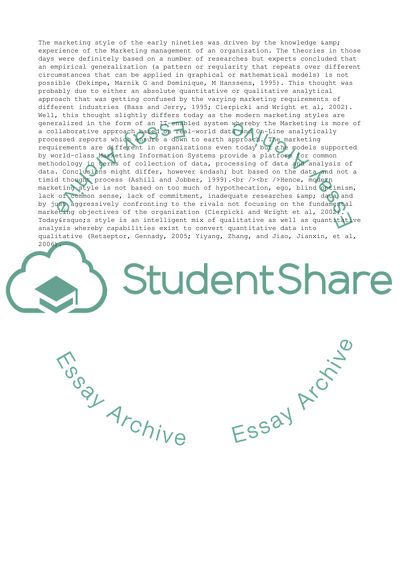Cite this document
(The Role of Marketing Principles in Business Success Literature review, n.d.)
The Role of Marketing Principles in Business Success Literature review. https://studentshare.org/business/1716197-marketin
The Role of Marketing Principles in Business Success Literature review. https://studentshare.org/business/1716197-marketin
(The Role of Marketing Principles in Business Success Literature Review)
The Role of Marketing Principles in Business Success Literature Review. https://studentshare.org/business/1716197-marketin.
The Role of Marketing Principles in Business Success Literature Review. https://studentshare.org/business/1716197-marketin.
“The Role of Marketing Principles in Business Success Literature Review”. https://studentshare.org/business/1716197-marketin.


